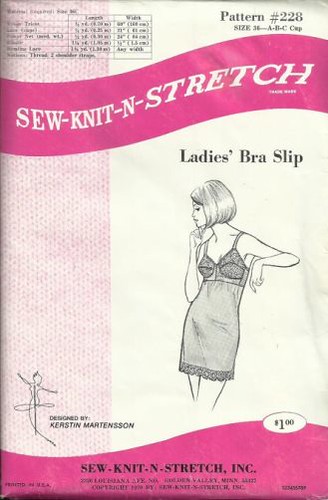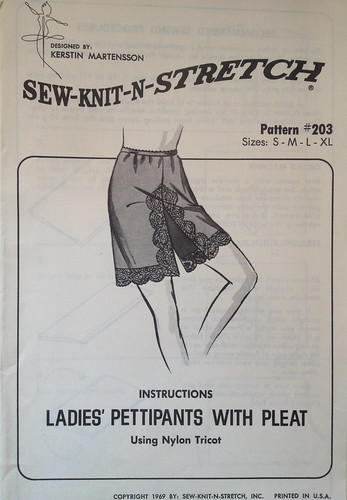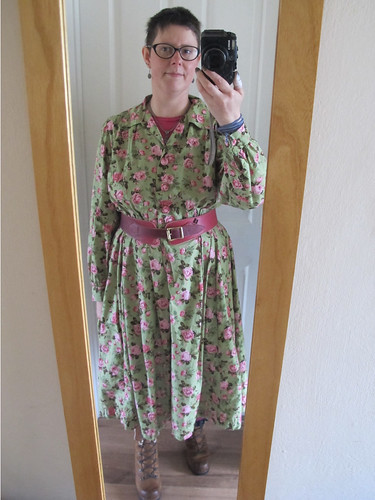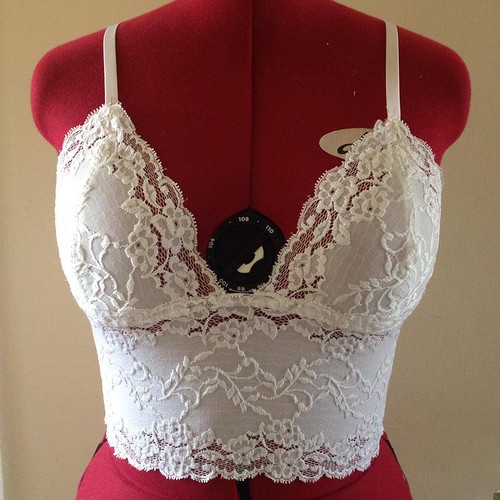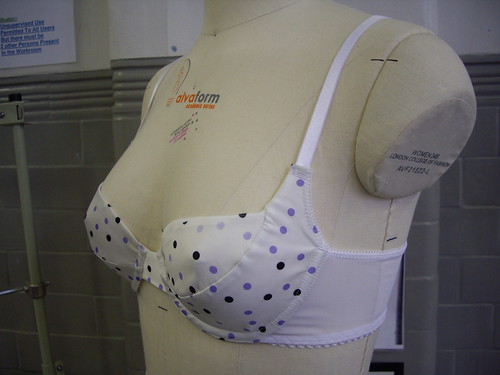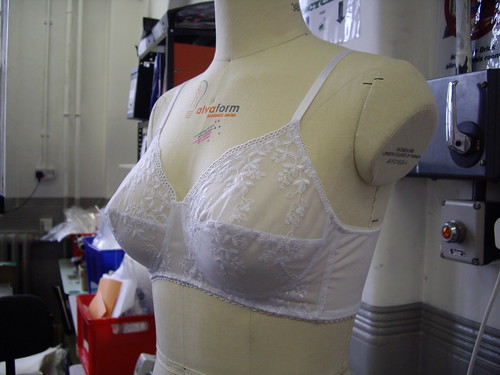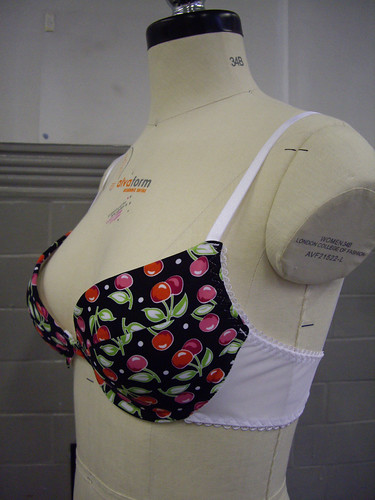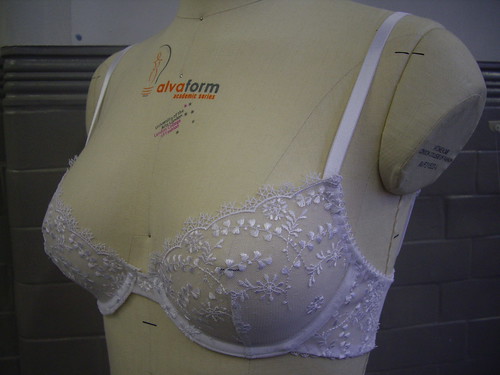I’ve been collecting these Sew-Knit-N-Stretch (the precursor to Kwik Sew) patterns for about a year. These particular designs date from 1969 and 1970, so I can’t really think of them as being “vintage” just yet. Okay, yes, they’re from before I was born, but only by three or four years. And that’s NOT OLD. Definitely not.
The peculiar thing about these patterns is that they come without any kind of size reference whatsoever. Yes, they say “S-M-L-XL’ on the front, but there is absolutely no indication, anywhere, as to what those sizes might mean. Not on the envelope, not in the instructions, not on the pattern pieces. Not anywhere.
I made an XL in this one, a complete guess, and thankfully it turned out quite well. Okay, they have been relegated to pyjamas, but I need to do a bit of fabric thinking before I make another pair. The pattern calls for power net (as they’re supposed to be a “control” garment), I went for cotton jersey… but I think perhaps some kind of sportswear fabric might turn out to be a good in-between answer.
You saw these as part of Me-Made May – and yes, they’re now pyjamas too. I made a size XL, thinking they’d be nice and comfy, and I think they will be in a woven fabric. In a knit though, I can definitely go down to a size L without any trouble at all.
This pair I haven’t made yet, but I think I’m going to start by tracing off the size L this time, and hoping that the sizing is the same as for the other patterns!
These, and the ones above, are designed for nylon tricot. Personally I’m not a huge fan of nylon – it creates static electricity, it clings to your legs, and it’s hot and sticky in the summer. Hot and sticky is precisely what I’m trying to avoid by making this type of underwear, so I think a different fabric choice is going to be required. It needs to be something slippery, so that cotton dresses move nicely over the top, but not something that’s going to be hot or static or climb up your legs in an annoying way.
I think I need to stalk Scruffy Badger’s blog – she makes some lovely running shorts in sportswear and performance fabrics, so I think there might be inspiration to be had over there!
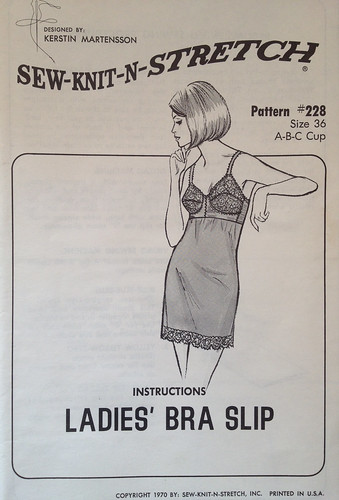
This one is the weirdest of all, in that it turned out to (mostly) fit first time! I made a 36C, assuming it would be too big, and I could then alter it down to fit. In an off-the-shelf bra I wear a 36A, or a 34B, or a 32D, depending on what mood the manufacturer was in on the day they decided to pluck the imaginary sizes out of thin air. Surprisingly the 36C turned out to be almost spot on… although the more I wear the slip, the more I wonder whether I should try and find a copy in a 38 to see whether that would fit even better.
Most UK bras are sized using the frankly bizarre “+4” system – you measure around your ribcage to find your underbust measurement, you add four inches to this measurement for no readily apparent reason (three inches if it’s an odd number, obviously), and that’s your bra size. You then measure around the fullest part of your bust, and work out the difference between the under bust and over bust measurements to determine which cup size you need. Then you go to a shop, take every bra in that size into a changing room, and weep gently as not a single one of them turns out to fit you, and they’re all wrong in a different way. Or is that just me?
Anyway, I wonder whether, being a dressmaking pattern, this bra slip is actually given as a dress size, rather than a bra size. Dress patterns are sized according to your over bust measurement, and most of the vintage patterns I buy are a size 38 or 39″ bust. (This could be anything from a size 14 to a size 20½, depending on which decade the pattern is from.)
Actually, a quick search has turned out to reveal that the bra slip is only available up to a size 36, but what looks like the identical bra pattern without the slip part is available in a 38. Perhaps I can cobble the two together and see what happens.

